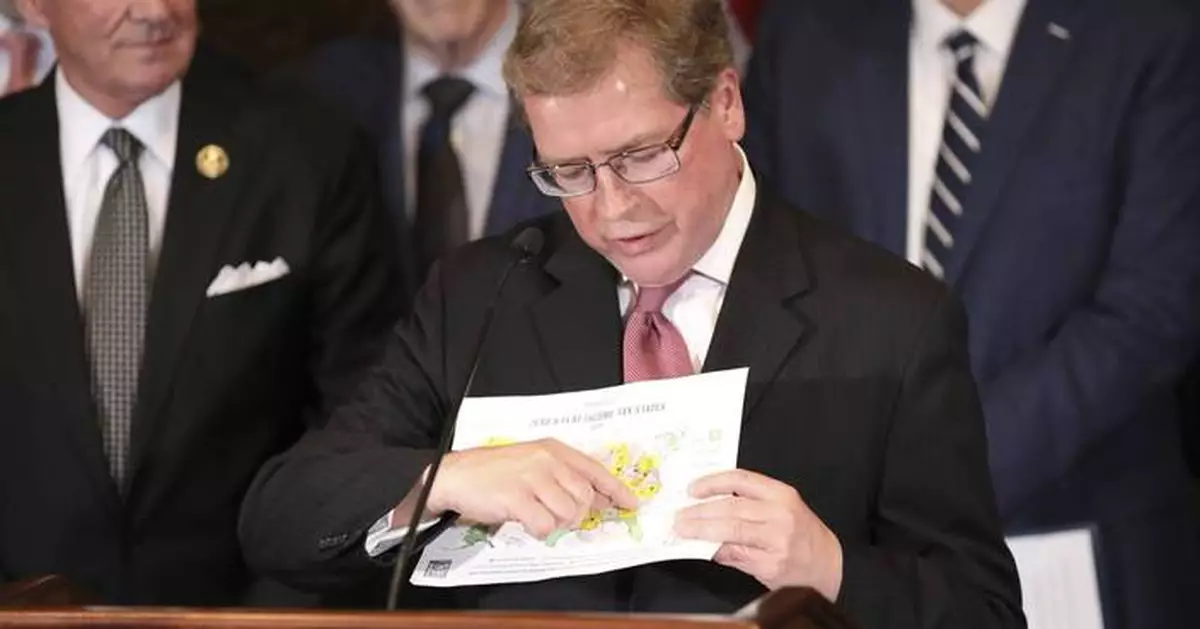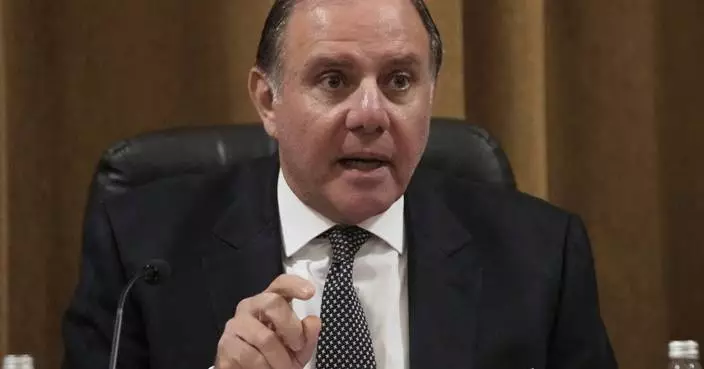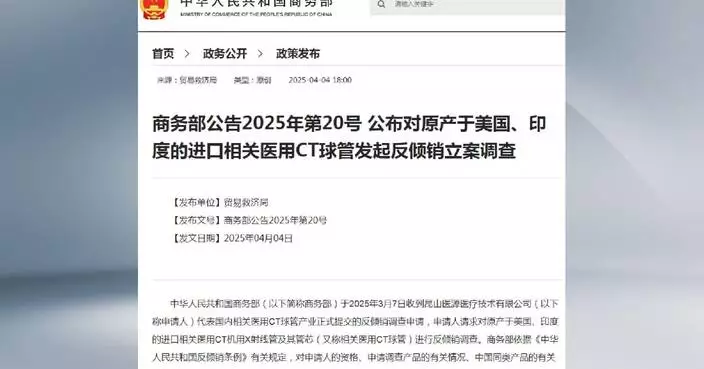COLUMBIA, S.C. (AP) — In the state battles to adopt the lowest and most attractive tax policies, South Carolina Republicans are making an interesting gambit: they want to raise income taxes for about 60% of filers in 2026.
Supporters say it's short term pain for the long term gain of establishing a flat income tax rate. To get there, some of the state's most heavily taxed people would get a significant cut as the state's top 6.2% rate drops next year to 3.99%.
The eventual goal is to slash that flat income tax rate to 2.49%, a level authors of the plan say would mean three out of four taxpayers would pay less than they do now. It's a rate lower than even taxpayers on the bottom rung currently pay. However, reaching that objective would take several years and each downward tick in the tax rate would depend on the state seeing significant economic growth.
Legislation proposing the changes advanced Tuesday to the House Ways and Means Committee. The goal is to get the bill through the House next week and on to the Senate. Republican Rep. Brandon Newton called it a “conservative revolution" when it comes to income taxes.
“It’s all about fairness,” he said. “We should have a simple tax system that is flat, fair and that everyone takes part in. We should not have a progressive income tax system where a group of the population is paying the entire tax while another is not.”
Democrats were still processing the proposal Tuesday, but were alarmed that initially taxes would be raised on 60% of people in the state — many of them middle class — especially without a firm time set to bring them back down.
“I am real nervous about what we are going to find out later went into paying for this tax cut," said Democratic Rep. Gilda Cobb-Hunter.
A number of states, especially in the South, are looking to cut taxes, with each striving for the lowest rates.
Georgia and Kentucky are looking at smaller income tax reductions paid for with extra revenue from their booming economies.
Mississippi is eliminating its state income tax over more than a decade and increasing gas taxes. Louisiana's income tax cut is based on a sales tax increase.
However, North Carolina’s Democratic governor is suggesting pausing his state’s planned income tax cuts because of the economic uncertainty surrounding the impact of President Donald Trump's policies.
Republicans in South Carolina have been nervous about how the state’s tax rate looks compared with its neighbors for years. The state computes taxes based on federal adjustable tax income, which makes the rate look higher when compared with most states that use adjusted gross income.
Newton said South Carolina's plan was the best of all worlds, emphasizing that when economic growth triggers cutting the income tax rate to 2.49%, nearly four out of five taxpayers would pay less.
“This is a simple cut for the hard working taxpayers of South Carolina, not swapping it for another tax,” Newton said.
Cobb-Hunter said the rush to cut taxes everywhere is dangerous.
“I’m troubled by this notion we’ve got to out tax relief North Carolina and Georgia and all these other Southern states. I don’t think we should willy-nilly be talking about providing tax relief giving the uncertainty of the economy," she said.
South Carolina's Republican governor and House and Senate leadership held a press conference on March 25 announcing the flat income tax proposal. But details were sparse until late Monday, when the state Revenue and Fiscal Affairs Office released its analysis of the plan.
It found that the majority of taxpayers in seven different income bands ranging from $10,000 to $150,000 would pay more, with the average increase somewhere between about $300 and $800.
Most of the impact comes because the state currently has a top income tax rate of 6.2% and a bottom rate of 3%, although about 1 million taxpayers currently pay nothing. Backers of the Republican tax plan want those people to pay something.
Republican Gov. Henry McMaster told reporters Tuesday that he supports a "broad, flat, simple-to-understand low tax. Everybody ought to pay something — a little something.”

Americans for Tax Reform President Grover Norquist points to South Carolina on a map of states that are passing tax cuts on Tuesday, March 25, 2025, in Columbia, S.C. (AP Photo/Jeffrey Collins)
DETROIT (AP) — President Donald Trump's tariff blitz has sent shock waves throughout every aspect of the global economy, including the auto sector, where multi-billion-dollar plans to electrify in the United States are especially at risk.
Here's what consumers should know about the impact of tariffs on electric vehicles.
EVs accounted for about 8% of new car sales in the U.S. in 2024, according to Motorintelligence.com.
Some of those sales can be attributed to expanded tax credits for EV purchases, a Biden-era policy that spurred car buyer interest.
Tesla held a majority of U.S. EV market share in 2024, at 48%. But that share has declined in recent years, as brands including Ford (7.5%), Chevrolet (5.2%) and Hyundai (4.7%) began to offer a wider variety of electric models at better price points, according to Kelley Blue Book.
Electric vehicles remain more expensive than their gasoline-powered equivalents. New gas vehicles sold for $48,039 on average last month, Kelly Blue Book data says, while EVs sold for $55,273 on average.
Tariffs add on to the costs of an EV transition that was already volatile and uncertain, said Vanessa Miller, a litigation partner focused on automotive manufacturing at law firm Foley & Lardner.
Biden’s tax credits essentially required automakers to get more and more of their EV content from the U.S. or trade allies over the coming years in order for their vehicles to qualify. Automakers have worked to build an EV supply chain across the country and significant investment has gone toward these efforts.
EVs assembled here include Tesla models, the Ford F-150 Lightning and more. Tesla actually might be least vulnerable given how much of its vehicles come from the U.S.
Though the industry is growing, tariffs mean costs for automakers and their buyers will stay high and might go higher, as well as hike up the prices of the many parts of EVs still coming from China and elsewhere. From the critical minerals used in battery production to the vehicles themselves, China laps the U.S. industry.
Automakers were already pulling back on ambitious electrification plans amid shrinking federal support and are strapped for cash on what is the less lucrative side of their businesses.
Higher prices might push car buyers to the used car market, but they aren't likely to find much respite there.
If consumers don't buy as many vehicles, automakers will have to prioritize their investments and manufacturing. That means the cars that buyers want and that are most profitable. Automakers still lose thousands of dollars on each EV they make and sell, but they make money from big, popular gas-guzzling pickup trucks and SUVs.
These manufacturers “have put a certain amount of investment into EVs, and it would probably be even more wasteful to completely walk away from them than it is to find the new level at which it makes sense to maintain production of them," said Karl Brauer, executive analyst at auto research site iSeeCars.com. That level “will assuredly be lower than what it was,” he added.
Making fewer EVs won’t help bring their cost down further anytime soon.
Albert Gore, executive director of the Zero Emission Transportation Association, said in a statement the EV and battery sector is working to ensure that the American auto industry grows and that his group will work with the administration on productive trade policy.
“Tariffs on our longstanding trade partners, many of whom have committed billions in direct investment into U.S. factories, introduces uncertainty and risk into an industry that is creating jobs and bringing new economic opportunities to communities across the country,” Gore said.
Trump has already taken a hatchet to federal EV policy. He campaigned on a vow to end what he called former President Joe Biden’s “EV mandate.”
Biden’s EV policies did not require automakers to sell EVs or consumers to buy them, but they did incentivize manufacturers to increase their electric offerings in the coming years. Trump put an end to Biden’s target for 50% of all new vehicles sold in the U.S. to be electric by 2035 in his first days in office.
Also under Biden, Environmental Protection Agency and National Highway Traffic Safety Administration rules on vehicle greenhouse gas emissions and fuel economy were to get increasingly tougher, but could be met by automakers selling a growing number of EVs alongside more fuel-efficient gasoline-powered vehicles. Trump's administrators are already reevaluating emissions standards.
He's also likely to seek to repeal the tax credits.
Alexa St. John is an Associated Press climate reporter. Follow her on X: @alexa_stjohn. Reach her at ast.john@ap.org.
The Associated Press’ climate and environmental coverage receives financial support from multiple private foundations. AP is solely responsible for all content. Find AP’s standards for working with philanthropies, a list of supporters and funded coverage areas at AP.org.
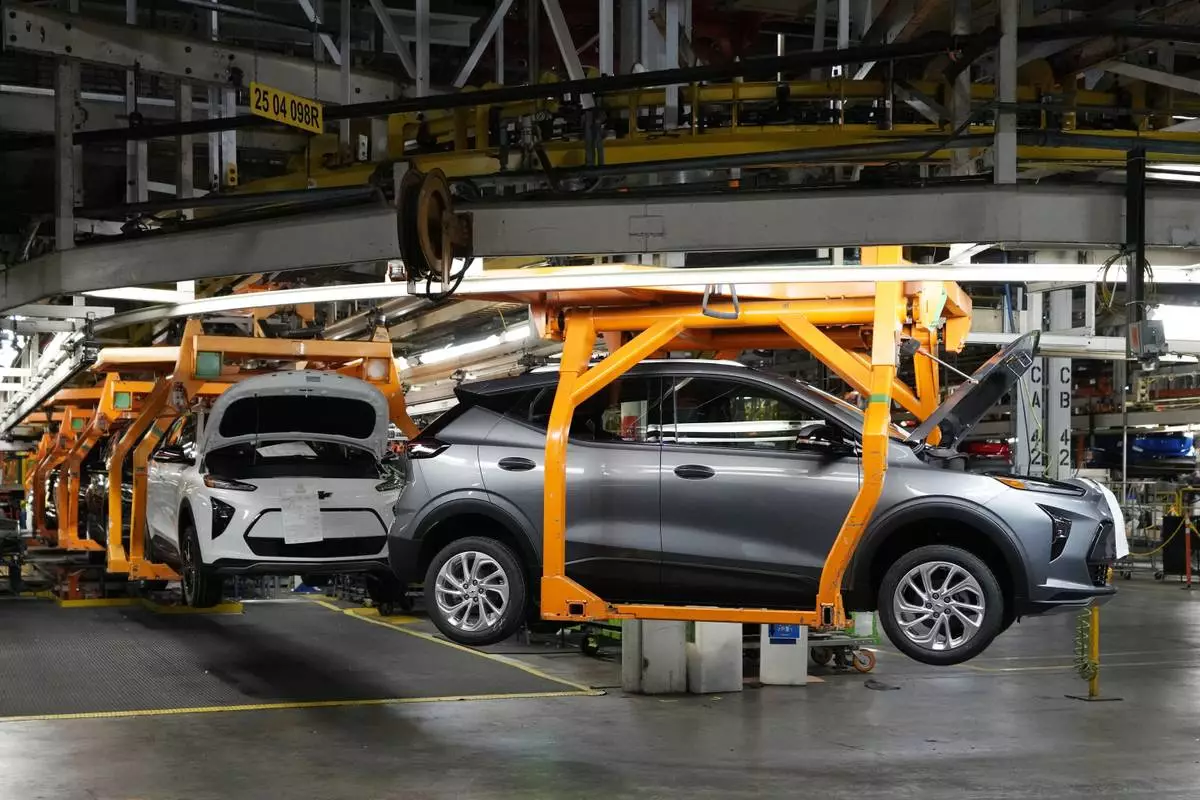
File - Vehicles move along the 2023 Chevrolet Bolt EV and EUV assembly line at the General Motors Orion Assembly on June 15, 2023, in Lake Orion, Mich. (AP Photo/Carlos Osorio, File)
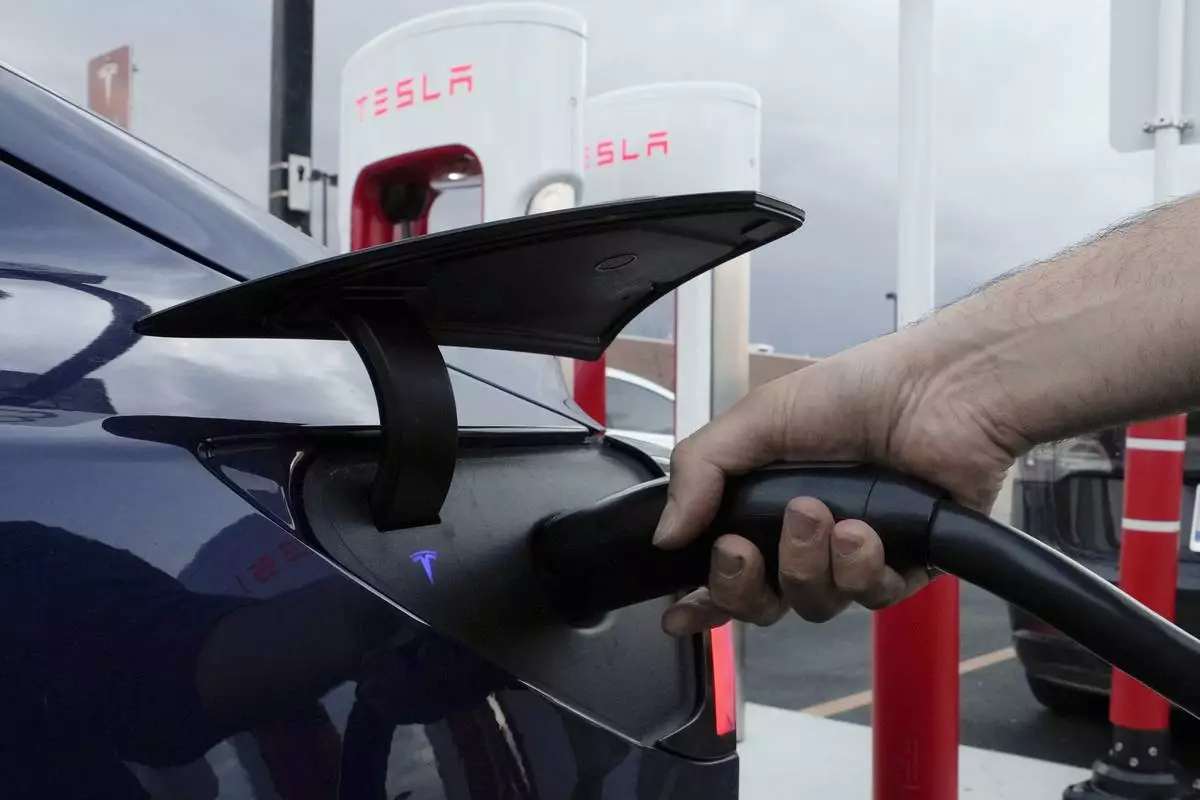
FILE - A motorist charges his electric vehicle at a Tesla Supercharger station in Detroit, Nov. 16, 2022. (AP Photo/Paul Sancya, File)



